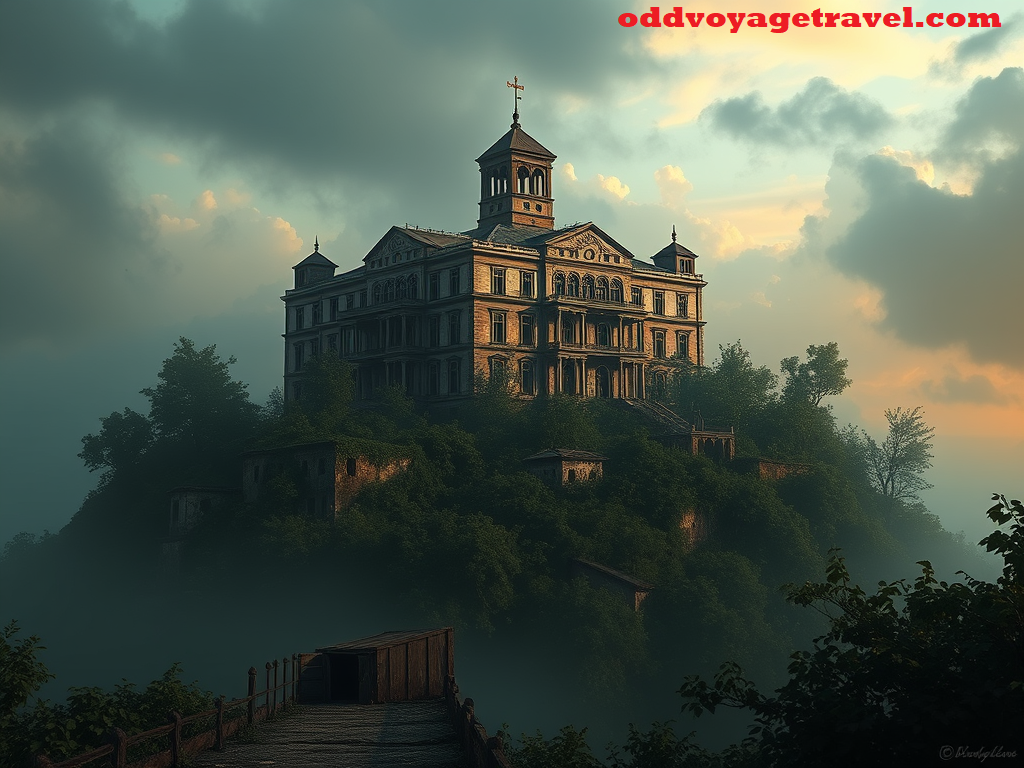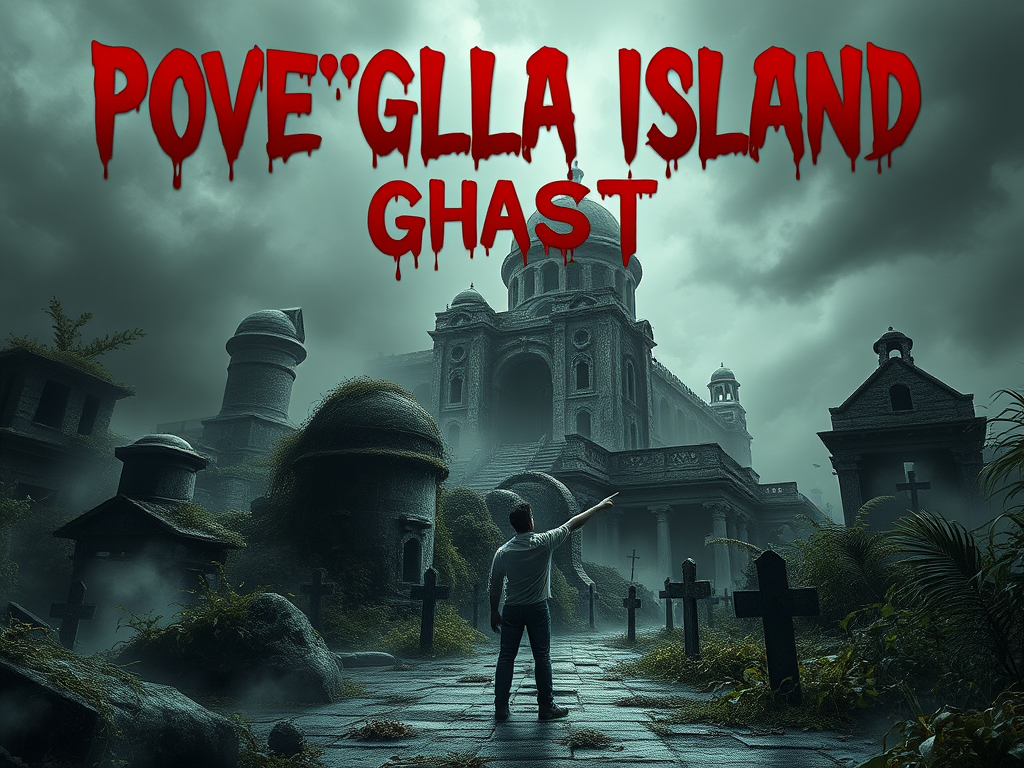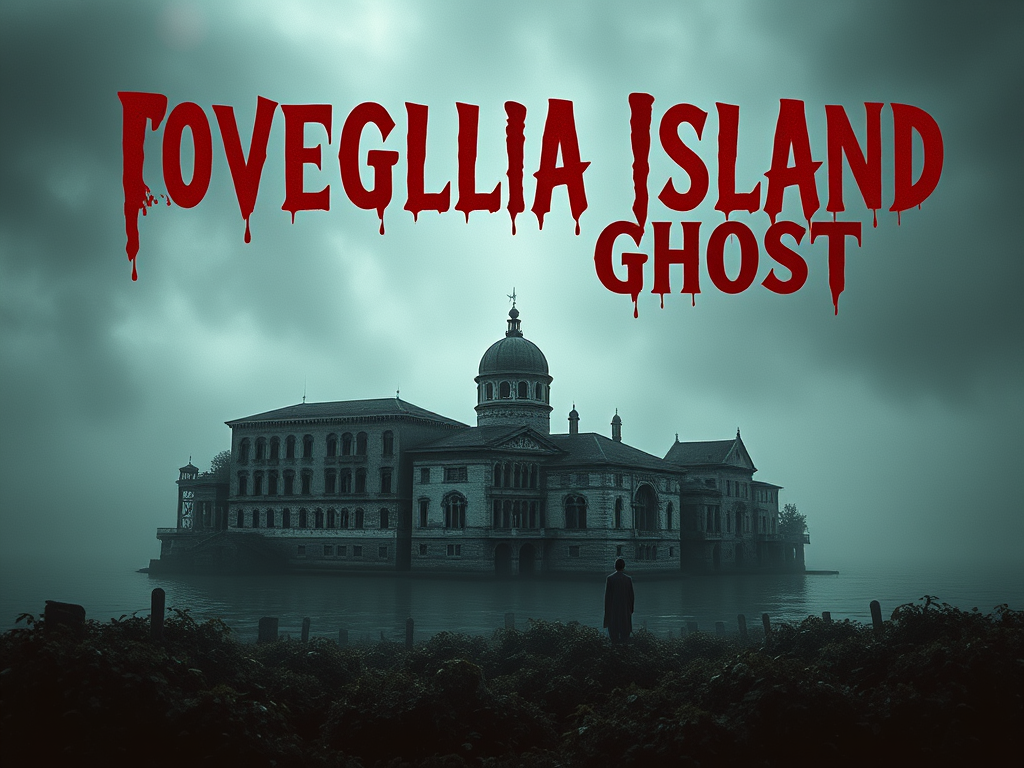Poveglia Island, enmeshed in centuries of pain, superstition, and ghost stories, is located amid the serene waters of the Venetian Lagoon. From its use as a quarantine area for the medieval plague to its gruesome past as a mental prison, this prohibited location—dubbed the “Island of Ghosts” and listed among Italy’s most haunted sites—has come to represent sorrow. Its spooky reputation and decaying remains deter tourists nowadays, yet its sinister charm still captures the interest of both historians and thrill-seekers.
Mass Graves from the Plague Era: A Legacy of Death
Poveglia’s somber tale started when Europe was devastated by the Black Death in the fourteenth century. Venice declared Poveglia a quarantine island (lazaretto) to keep the ill and dying apart as its busy trading ports became disease-carrying hotspots. Many of the more than 160,000 plague victims who were brought here were burned in mass cremations or allowed to die in cramped pits. Venetian chroniclers claim that 50% of the island’s soil is made up of human ash, which is a horrifying illustration of the extent of mortality.
On neighboring islands like Lazzaretto Vecchio, archeological digs have uncovered mass graves with skeletal remains piled carelessly, some of which appeared to have been buried alive. Workers reportedly threw both dead and barely alive patients into open holes on Poveglia, their cries being muffled by the crackle of bonfires. Up until 1814, the island’s role in controlling breakouts persisted, leaving a landscape marred by hardship.
The Horrors of the Asylum: A Physician’s Journey into Insanity
A fresh chapter of dread began in 1922 when Poveglia’s abandoned buildings were converted into a psychiatric institution. The facility’s resident physician gained notoriety for reportedly subjecting victims to cruel tests. In a perverse attempt to “cure” mental disease, he carried out lobotomies without anesthetic using rudimentary instruments like chisels and hammers. Until the doctor himself met a grisly end, patients’ accounts of seeing dark figures and hearing phantom cries were written off as fantasies.
In the 1930s, the doctor was either pushed or leaped from the asylum’s bell tower, according to local tradition. As he lay dying, witnesses said a ghostly mist surrounded him, suffocating him to death. It is alleged that he and his victims’ ghosts haunt the dilapidated hospital, which still has bloodstained walls and rusting medical equipment.

Legends of the Paranormal
Curses and Uneasy Spirits
Numerous unsettling stories have contributed to Poveglia’s standing as one of Italy’s most haunted locations
Fearing drowning whispers and human bones entangled in their nets, fishermen steer clear of its shores.
Ghostly cries, disembodied laughter, and the banging of the long-gone bell tower are all reported by visitors.
It is supposed that the ghost of “Little Maria,” a kid who died of the plague, prowls the beaches, her screams resonating across the lagoon.
Even construction teams who were recruited to revitalize the island in the twenty-first century unexpectedly stopped working on projects due to mysterious mishaps and a general feeling of foreboding. These tales have solidified Poveglia’s curse in popular culture, since it is portrayed as a doorway to the paranormal in novels and on television programs like Ghost Adventures.
Why Is It Illegal to Enter Poveglia Island?
Due to safety concerns and Poveglia’s sinister past, the Italian government has prohibited public access to the area since 1968.

Among the main causes are:
Structural Decay:
The asylum and defenses from the plague are among the buildings that are unstable and covered with plants.
Cultural Taboo:
Fishermen avoid anchoring close to the island because locals believe it is cursed. “When an evil man dies, he wakes up in Poveglia,” according to Venetian traditions.
Failed Redevelopment:
After bids were insufficient, an auction to lease the island for upscale tourists in 2014 fell through. Rumors of paranormal meddling caused plans for parks or hotels to stop.
Concluding
Poveglia Island, a site where plague victims, mental patients, and a crazy doctor left lasting impressions on history, is a somber testament to human misery. Although its enigmatic secrets and eerie beauty entice the inquisitive, its prohibition as a vacation destination guarantees that its tales will remain unspoken legends rather than tourism attractions. For the time being, the ghosts of the island remain unaltered, their stories engraved in the ash-covered ground and crumbling remains of Italy’s most infamous coastline.
